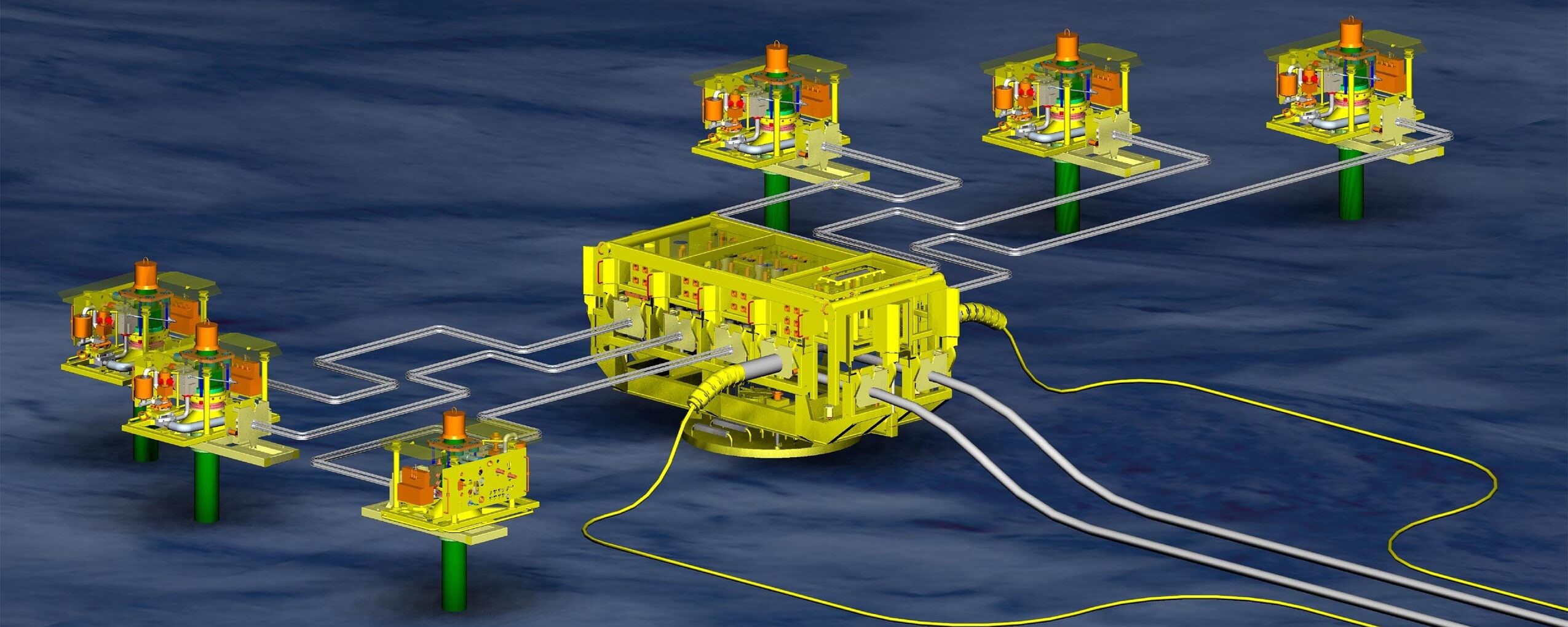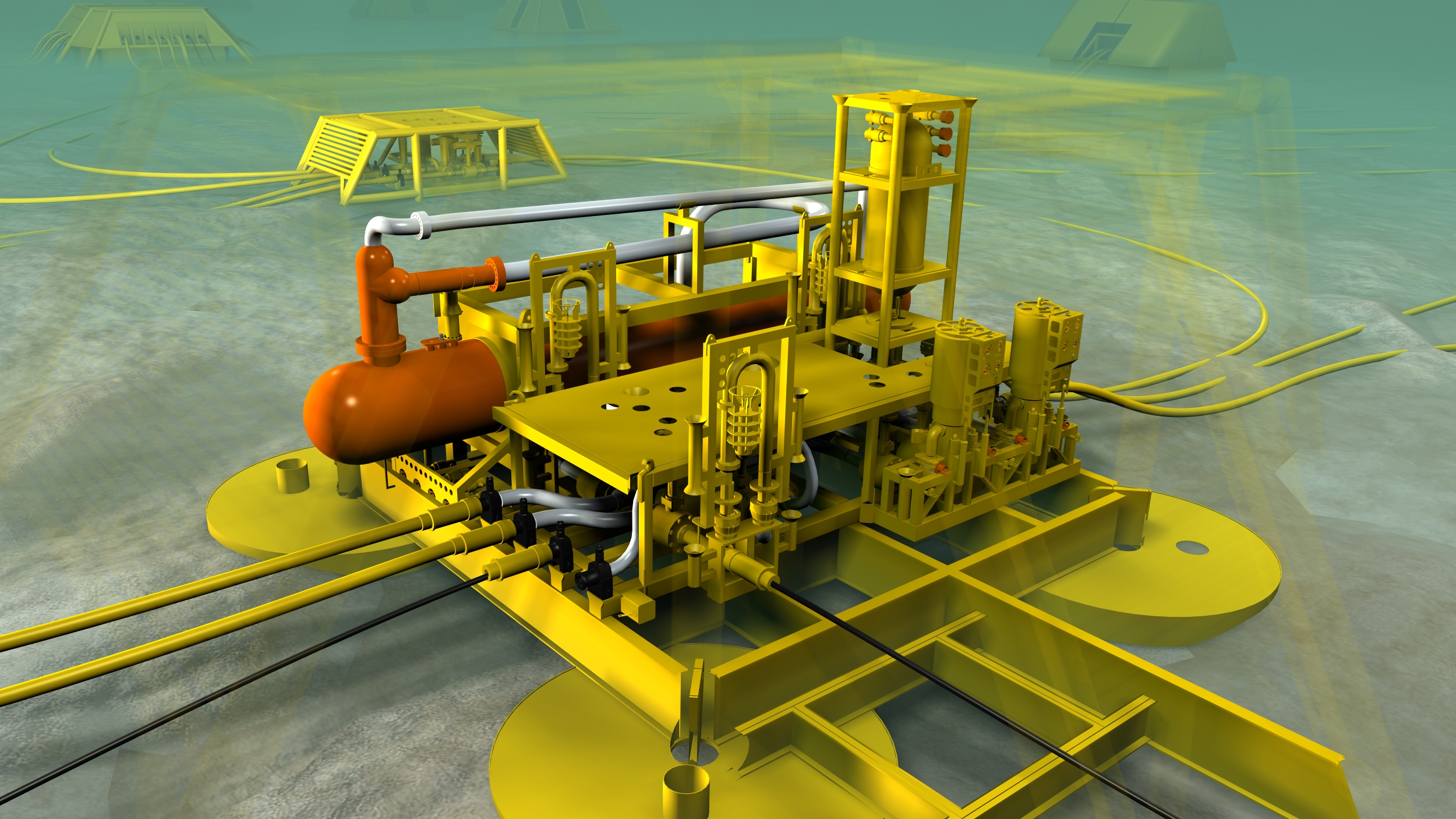Here are a few names to conjour with: Ultramar Exploration, Thomson North Sea, Monument Resources, British Borneo Oil & Gas , Union Jack Oil, Westburne Oil, Pict Petroleum and Edinburgh Oil & Gas. These were some of the small, very small and minnow-like companies who were licence holders in earlier days of the North Sea sector. Some made some money, a few made lots of money and some, like the owners of thoroughbred horses with bad blood lines, never got out of the barn.
One story which always intrigued me was about Edinburgh O&G. It held a 5% stake in the licence which eventually included the Buzzard field, first discovered by Pan-Canadian in 2001 and developed and now operated by Nexen, which is owned by the Chinese oil company CNOOC. The story goes – and I am happy to be corrected if any of this tale is not fully true – that EOG was actually a small group of Scottish stockbrokers who were just putting up some money as an investment. Before the big capital calls were made, EOG sold out and that group all retired to Scottish links on the proceeds from the sale of its stake in the 500mmbbl plus field. A good tale whether true or not.
The reason for recalling those long departed companies and the tale about EOG is that a company that was once a minnow, Chrysaor, is about to be an orca. Its $2.7bn offer for ConocoPhillips’ UK assets will add more than 70,000boe/d, raising its total daily production to some 175,000boe/d, making it one of the top three producers in the UK offshore sector, depending on which year the figures are based on. What is noteworthy in mentioning all of this is the company’s intent. Many older and even more recent minority shareholders in assets around the world, like EOG, often can find the capital to fund exploration activity without ever intending to take on the big cash demands required once a development programme is sanctioned.
There now appears to be a change in attitude by private equity (PE) investors who are the backers for Chrysaor. PE folk have garnered a reputation, well earned one has to say, for short-termism. Buy a company, maybe do a bit of asset-stripping, and then get out before five years are up. While that might work for some service/supply/contracting sector companies, it is not going to work so well for a licence holder-cum-operator, especially one taking on older producing assets. Often capital has to be invested in these older facilities, but there can be very good returns on those investments, as Apache Energy has proved with its acquisitions of BP and ExxonMobil facilities here. Another new PE player with a similar approach to Chrysaor is Siccar Point which got big fast as well by buying OMV’s UK assets and is moving on the Cambo prospect, West of Shetlands.
There are others, as well, who are looking to make the most of opportunities in UK waters. Another smallish company, Ping Petroleum, is looking to make a splash. While on a recent visit to Aberdeen, I was party to a conversation which revealed that Ping which is already a half shareholder in the Anasuria cluster, formerly a Shell asset, is looking at further developments which could include as many as 15 new subsea wells. Sounds like pretty good business to me.
***************************************************************************************
Anyone who was a regular reader of my old publication will remember that I was a persistent critic over decades of the UK government’s laissez-faire approach to its offshore sector, totally unlike its neighbour across the median line, Norway, which could regularly be seen to be bending over backwards to assist the players in the sector, albeit with a bigger take at the end.
Since the creation of the Oil & Gas Authority in 2015, which was a very significant action, if several decades too late, things have certainly improved here. OGA has taken a much more hands-on approach to its activities. Two of its original ‘themes’ – and which are repeated in this week’s new five-year corporate plan – are revitalising exploration in the sector and improved asset stewardship.
Like many ‘millennials’, OGA is enamoured with ‘digitalisation’ and ‘big data’. Unfortunately, the significance of these 21st century technologies can only go so far. Until someone develops a technology that can actually ‘see’ into the geology, expanding the reserves base still requires spinning the drillbit. And when I mean ‘seeing’ I don’t mean any type of seismic technology. BP thought it could ‘see’ a significant structure at its famous $1bn water well in Alaska back in the 1980’s. And as for requiring operators to get more out of their reservoirs, until OGA can alter production economics or force operators to alter theirs, this is an area which also presents difficulties for an oversight body. But, hey, keep trying. It is a good deal better than doing zilch.
***************************************************************************************
I think that any UK-based energy commentator would be remiss if he or she avoided mentioning the ongoing Extinction Rebellion protests on climate change in London these past few weeks. Anyone of my age is likely to have grandchildren and unless governments begin to take climate change seriously, our grandchildren face an uncertain future that could end up like something out of Cormac McCarthy’s The Road.
***************************************************************************************
This is the fifth of my blog’s since I started a month ago. The readership is now well over 700. Now that may not seem as a significant as the million plus ‘followers’ for royal Instagram accounts, so maybe I should include photos of my five cute grandchildren. Nah.





One thought on “Minnows and other strange N Sea beasts”
Whatever happened to the alternative to Seismic; OHM, offshore hyrocarbon mapping using VLF electro scanning, towed array’s?